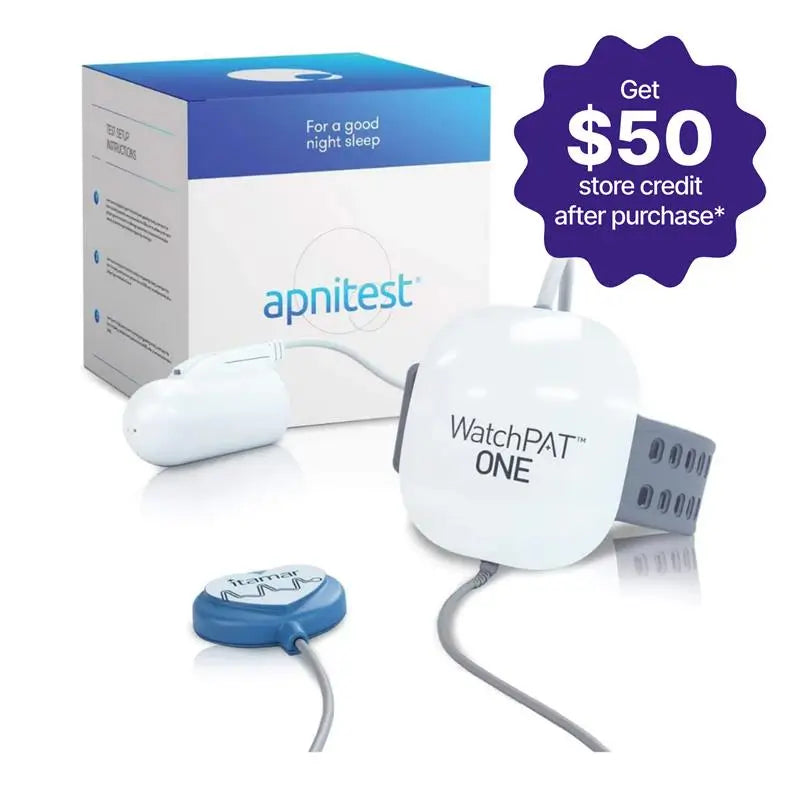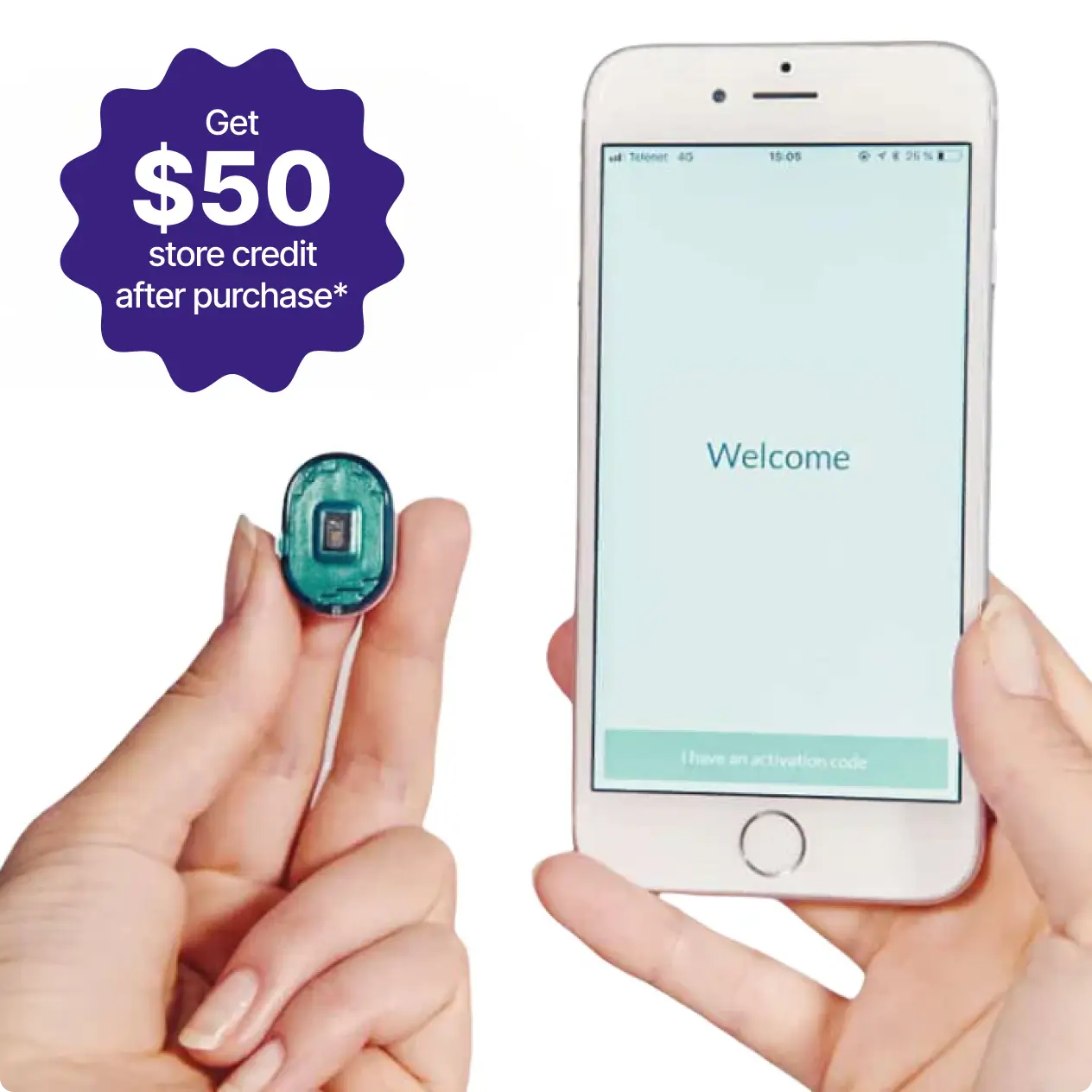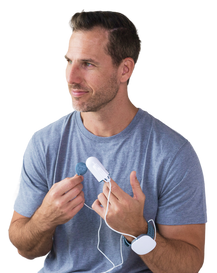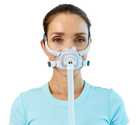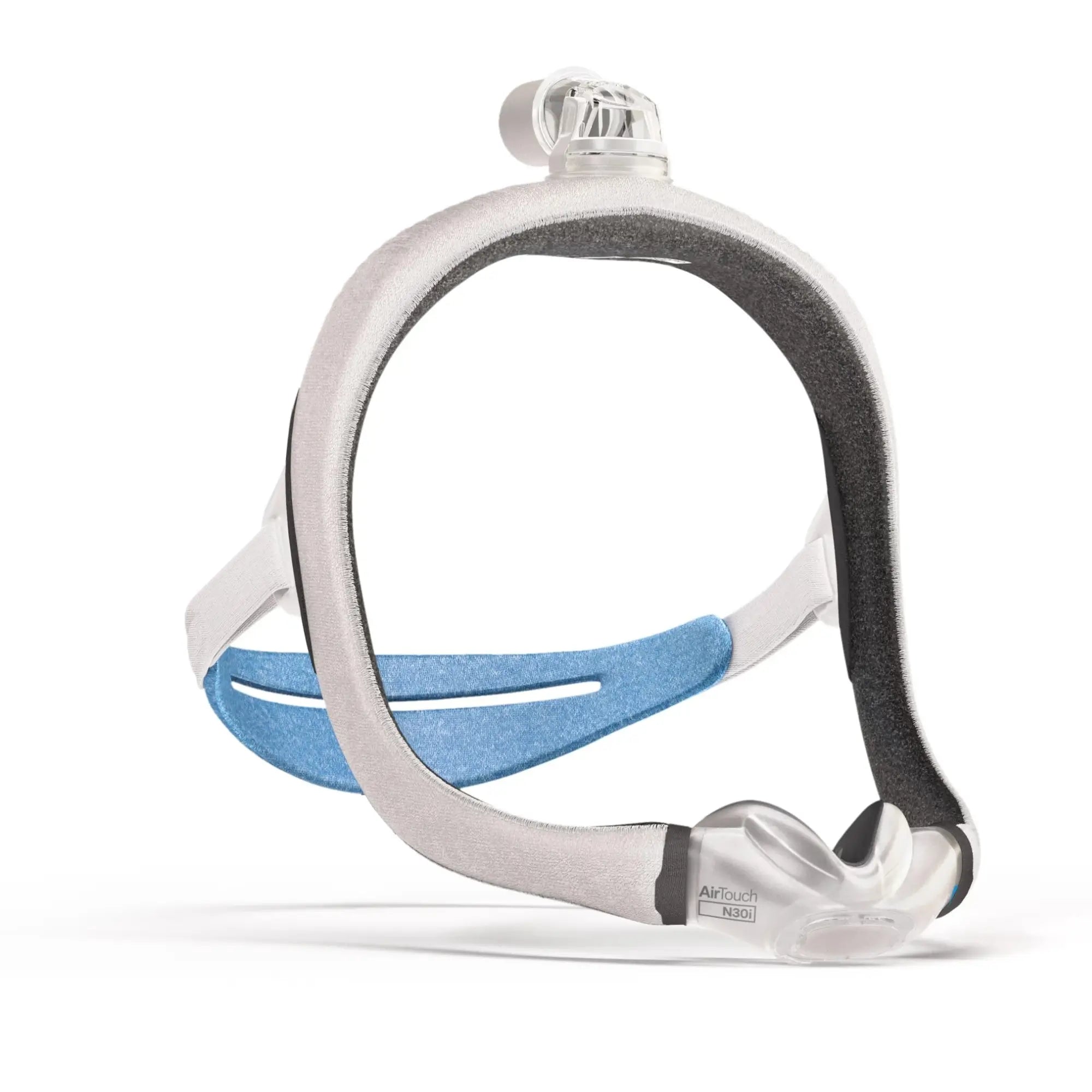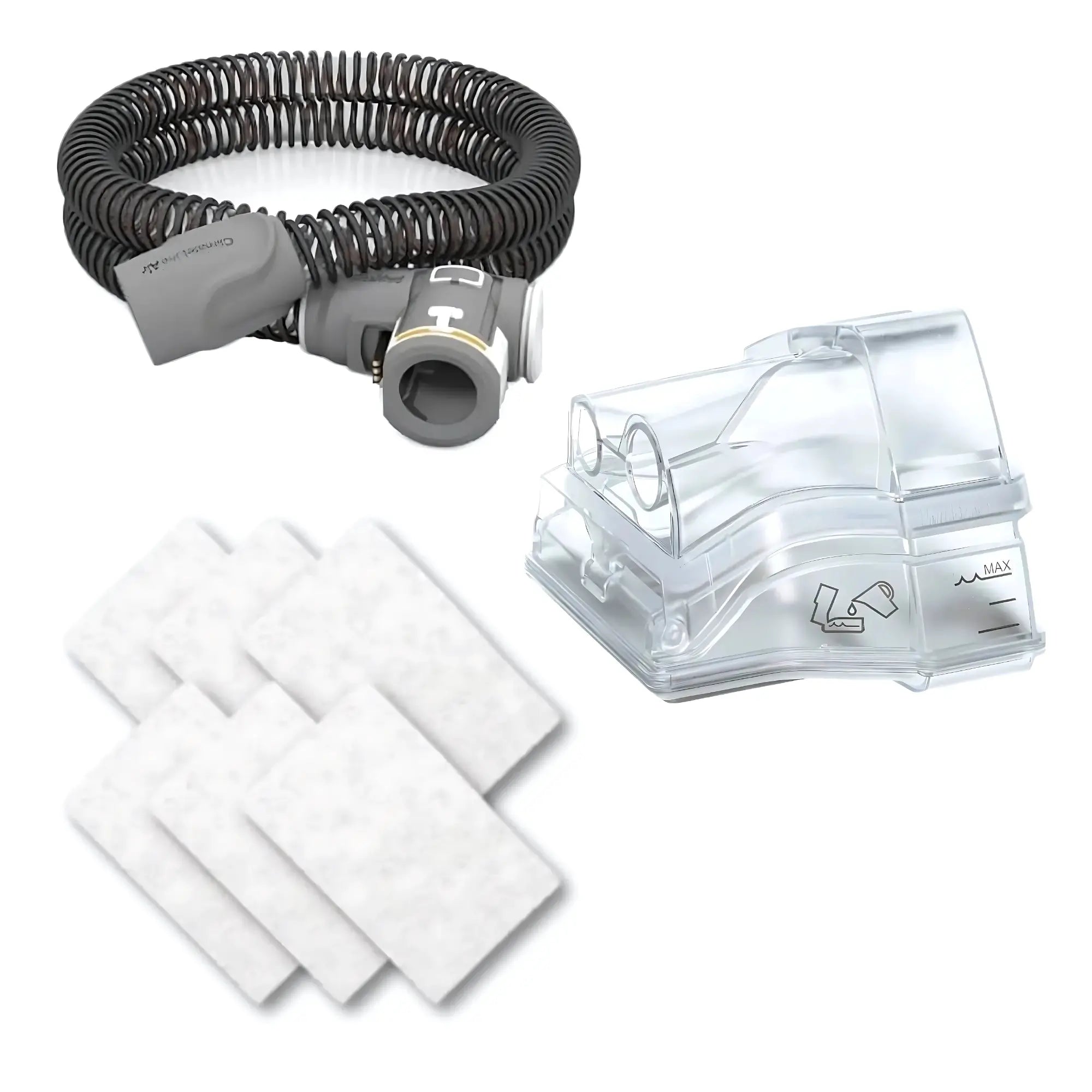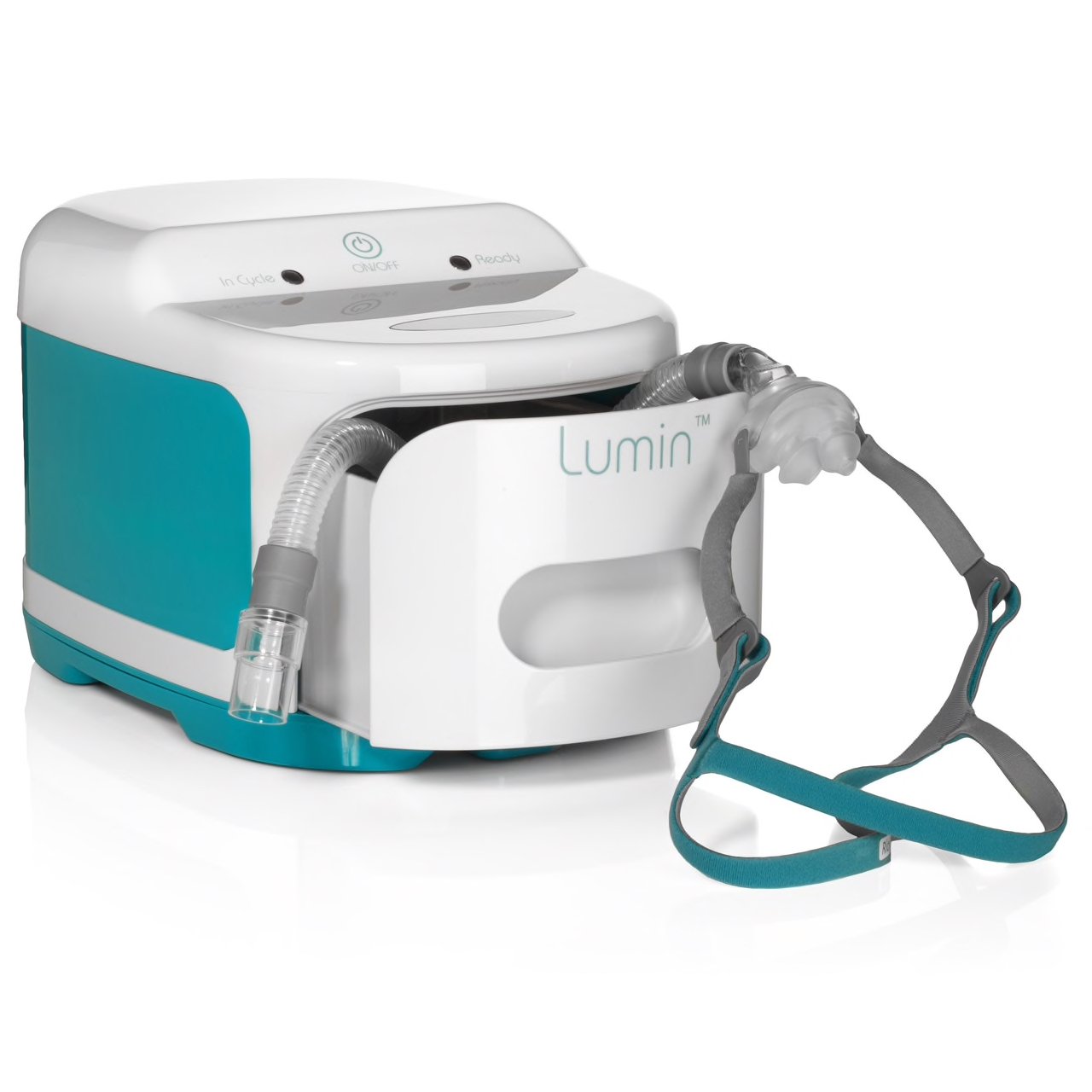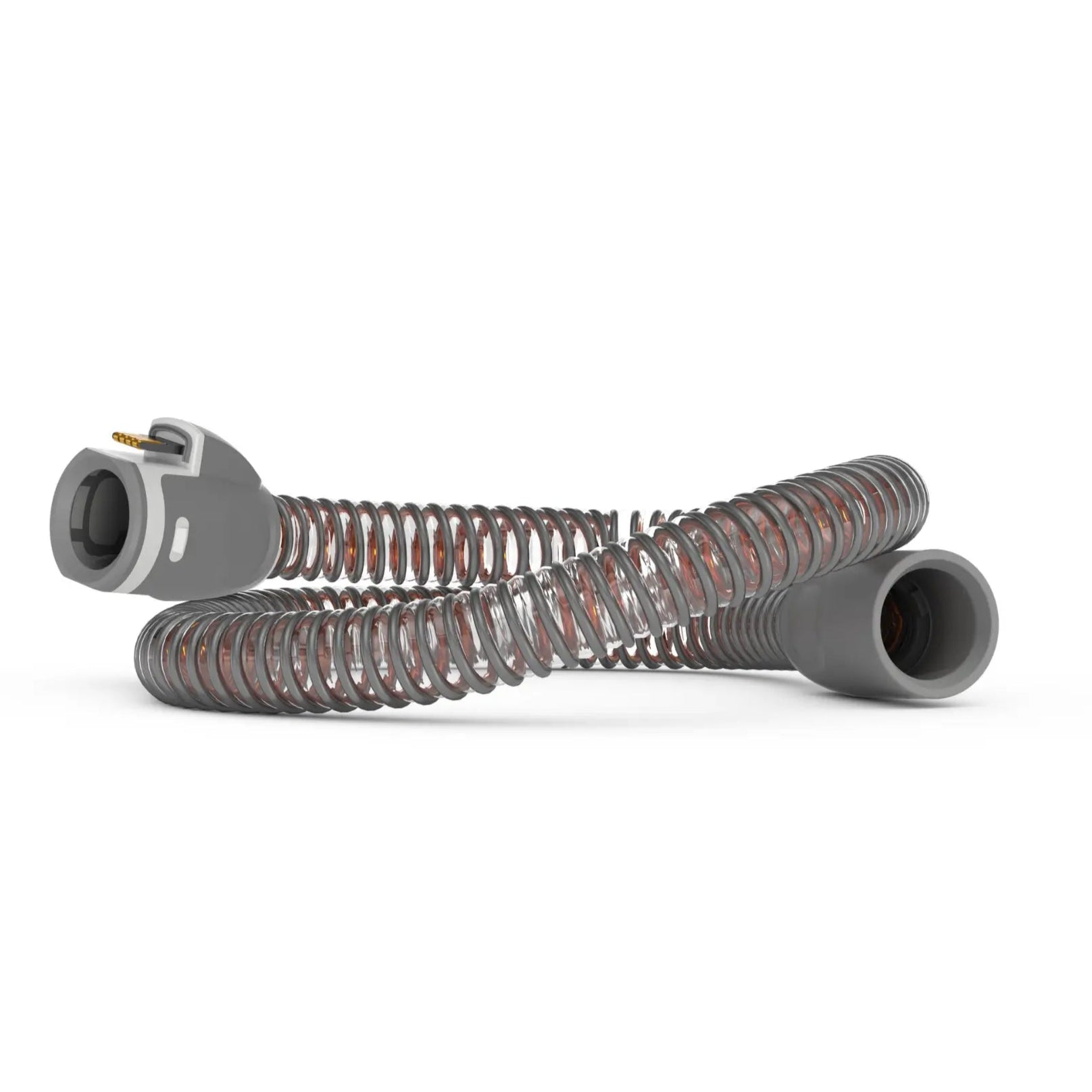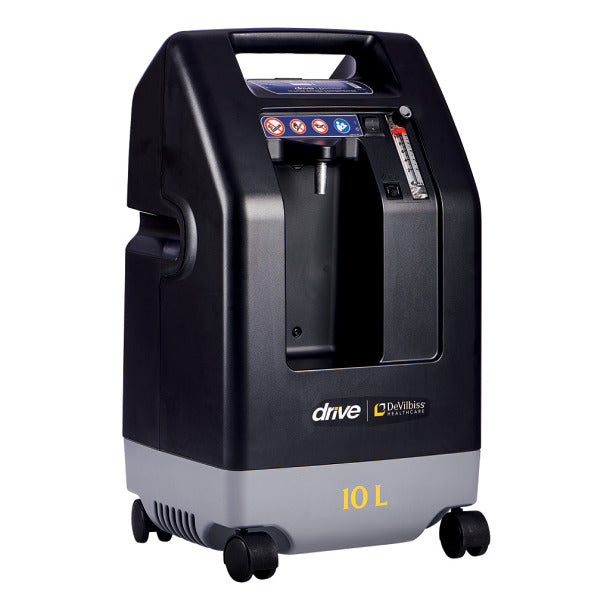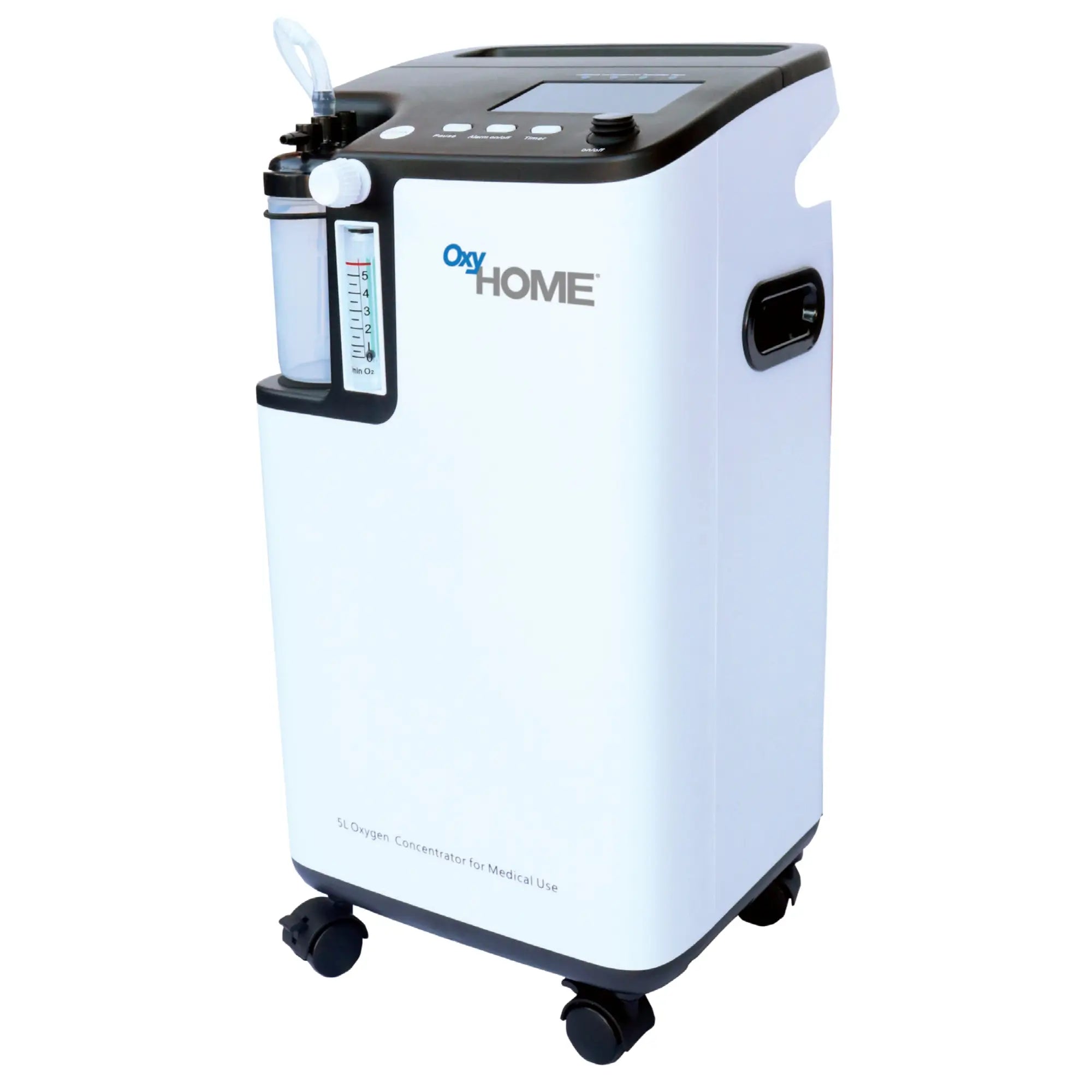According to the National Institute of Medicine, nearly 70 million Americans grapple with sleep disorders including Obstructive Sleep Apnea (OSA).
A publication by Johns Hopkins Medicine confirmed that OSA disrupts people’s sleep by repeatedly blocking the airway, leading to daytime fatigue, mood swings, and even health complications.
If you have sleep apnea or its symptoms, don't worry—you're not alone. Positive Airway Pressure (PAP) therapy can help. PAP devices like CPAP (Continuous Positive Airway Pressure) can keep your airways open with a steady stream of air. However, some find CPAP uncomfortable due to the constant pressure.
Newer options like BiPAP (Bi-Level Positive Airway Pressure) and KPAP (KairosPAP) offer better CPAP alternatives for sound sleep.
In this post, we'll explore KPAP's advanced technology and its benefits for OSA patients. We’ll also compare it to CPAP and discuss its potential impact on PAP therapy's future.
Now, let’s dive in!
What is KairosPAP™?
KairosPAP (KPAP) is a new discovery based on many years of PAP research for obstructive sleep apnea. The KPAP™ algorithm was recently introduced by experts as a groundbreaking finding that reduced the standard CPAP pressure by 5 cmH2O and still provided the same therapy.
The term “KPAP” officially stands for Kyrochronos Positive Airway Pressure and the word “Kyrochronos” is a Greek word meaning "at the right time." In this case, it refers to giving positive airway pressure at the ideal time during the breathing cycle.
Studies are ongoing to assess the long-term effects of KPAP on sleep apnea severity, measured by AHI (Apnea-Hypopnea Index) or RDI (Respiratory Disturbance Index), and the initial results are promising. This technology has the potential to be a game-changer for PAP therapy, offering a more comfortable and personalized experience for OSA patients.
However, it's important to remember that KPAP is not yet FDA-approved and unavailable for purchase commercially. Stay tuned, though, because this innovative approach to sleep apnea treatment might be a breath of fresh air (literally) for many in the future!
How Does KPAP™ Work?
1. KPAP™ Algorithm Explanation:
You might be asking: How does this "right time" pressure thing work with KPAP?
Here's the gist: It all boils down to a clever algorithm that fine-tunes air pressure throughout the night. Unlike CPAP's constant pressure flow, KPAP acts more like a responsive teammate.
Imagine it this way: during sleep, your breathing patterns change. KPAP uses sensors to monitor your breathing cycle and adjusts the air pressure accordingly.
As you near the end of exhaling (expiration), which is when sleep apnea most likely causes airway collapse, KPAP delivers a targeted burst of air pressure. This "just-in-time" approach helps keep your airway open throughout the night, preventing those pesky apneas and hypopneas.
Think of KPAP as a strategically timed high-five to keep your airway from giving in. By delivering the right amount of pressure at the precise moment, KPAP has the potential to be a more comfortable and effective solution for people dealing with obstructive sleep apnea.
2. Impact of Reducing IPAP to Less Than EPAP
Here's another cool feature of KPAP: a V-Com resistor . This nifty tech detail allows KPAP to reduce the Inspiratory Positive Airway Pressure (IPAP) to a level that's lower than the Expiratory Positive Airway Pressure (EPAP).
What does this mean for you? Well, several potential benefits:
-
Reduced mask leaks: With a lower pressure during inhalation, you might experience less air escaping around the mask, making for a more peaceful night's sleep.
-
Improved adherence to therapy: A more comfortable experience can increase your chances of sticking with your PAP therapy long-term, which is crucial for managing OSA.
-
Saying goodbye to TECSA (maybe): Treatment-Emergent Central Sleep Apnea (TECSA) can sometimes occur with traditional CPAP. However, KPAP's approach has the potential to eliminate TECSA in many users.
Here's what Dr. David White, one of the KPAP™ pioneers, had to say about this innovative technology: "KPAP™ represents a significant advancement in PAP therapy by synchronizing pressure with the natural respiratory cycle."
This focus on personalized pressure delivery is what makes KPAP so promising for improving sleep apnea treatment.
Benefits of Using KPAP
So, we talked about the cool tech behind KPAP, but what does it all mean for you as a sleep apnea patient?
That's where things get exciting! KPAP offers a range of potential benefits that could significantly improve your sleep apnea treatment experience. These benefits include:
1. Improved Comfort and Adherence:
-
KPAP™ delivers pressure in sync with the respiratory cycle, providing lower pressure during exhalation.
-
This reduces discomfort commonly associated with traditional CPAP machines, leading to better adherence.
2. Reduced Leaks and Better Seal:
-
The dynamic pressure adjustments help maintain a better seal throughout the night, reducing air leaks.
-
Improved seal also means more effective therapy and fewer disruptions during sleep.
3. Enhanced Sleep Quality:
-
By reducing discomfort and mask leaks, KPAP™ contributes to a more restful and uninterrupted sleep.
-
Patients experience fewer awakenings and better overall sleep quality.
4. Elimination of TECSA When Present:
-
Treatment-Emergent Central Sleep Apnea (TECSA) can be a complication with traditional CPAP therapy.
-
KPAP™ has been shown to eliminate TECSA in some cases, improving overall therapy effectiveness.
KPAP vs. CPAP and BiPAP
Let’s examine how the new KPAP therapy compares to existing sleep apnea treatments like CPAP and BiPAP machines.
Comparative Analysis
Comfort:
-
KPAP™: Delivers pressure in sync with the respiratory cycle, providing lower pressure during exhalation which enhances comfort.
-
CPAP: Provides constant positive airway pressure throughout the night, which for some individuals may feel uncomfortable, especially during exhalation.
-
BiPAP: Generally more comfortable than CPAP, especially for patients requiring higher pressure settings, as it provides two levels of pressure—higher during inhalation (IPAP) and lower during exhalation (EPAP).
2. Efficacy:
-
KPAP™: Delivers pressure "at the right time" to maintain airway patency, potentially improving therapy effectiveness, though it has limited studies and is not yet FDA-approved.
-
CPAP: Proven efficacy in maintaining airway patency by providing continuous positive pressure, widely accepted as a standard treatment for OSA.
-
BiPAP: Proven effective for treating OSA and central sleep apnea (CSA) with extensive clinical validation, providing two levels of pressure for better efficacy in certain patients.
3. Adherence:
-
KPAP™: Increased comfort may lead to higher adherence rates as patients are more likely to stick with therapy that feels comfortable.
-
CPAP: Discomfort during exhalation can lead to lower adherence rates among some patients.
-
BiPAP: Higher adherence compared to CPAP, especially in patients with higher pressure needs or those who struggle with CPAP.
4. Overall Patient Satisfaction:
-
KPAP™: Early studies and patient feedback suggest higher satisfaction due to improved comfort.
-
CPAP: While effective, some patients report issues with comfort and adherence.
-
BiPAP: High patient satisfaction, particularly for those needing dual pressure levels.
5. Comparative Table:
|
KPAP™ |
CPAP |
BiPAP |
|
|
Comfort |
High (lower pressure during exhalation) |
Variable (constant pressure) |
Generally high due to dual pressure levels |
|
Efficacy |
Promising but limited studies |
Proven (widely accepted standard) |
Proven effective, extensive studies |
|
Adherence |
Potentially higher due to comfort |
Lower due to discomfort for some |
Generally good, especially for those struggling with CPAP |
|
Patient Satisfaction |
High (early feedback positive) |
Generally positive (effective but comfort issues) |
High, especially for complex sleep apnea |
|
FDA Approval |
Not yet approved |
Approved |
FDA approved |
|
Commercial Availability |
Not yet available |
||
|
Research and Studies |
Limited ongoing studies |
Extensive |
Extensive clinical validation |
Quick Highlight of CPAP and BiPAP Therapy
Before we get too excited about KPAP, let's acknowledge the current powerhouses of PAP therapy: CPAP and BiPAP.
These two machines are FDA-approved , widely used, and have a proven track record of success in treating obstructive sleep apnea (OSA). They are the current go-to options for a reason!
CPAP: The Established Champion
CPAP might not be the flashiest device on the block, but it's earned its reputation as the gold standard in PAP therapy. Why? Because it works!
Years of research and clinical use have shown its effectiveness in keeping airways open throughout the night. Plus, it's readily available and covered by most insurance plans. So, if your doctor recommends CPAP, know that you're in good company with a well-established and reliable treatment option.
BiPAP: A Strong Contender
BiPAP offers a solid alternative to CPAP, especially for those with complex sleep apnea or those who find CPAP uncomfortable. With its two pressure settings, BiPAP provides more flexibility and can be more tolerable for some users. Just like CPAP, BiPAP is FDA-approved and widely used, making it a dependable choice for treating OSA.
The Bottom Line
KPAP shows promise as a potential game-changer in PAP therapy, but it's still under development. For now, CPAP and BiPAP remain the tried-and-true options with a wealth of research and clinical experience behind them.
And the best part?
While KPAP is not yet commercially available anywhere, you can get a suitable CPAP or BiPAP device right now on the Sleeplay store with free shipping.
Frequently Asked Questions about KPAP
Here are concise answers to the questions people are asking about KPAP.
What is KPAP?
KPAP, or KairosPAP, is a new and innovative PAP therapy device designed to treat Obstructive Sleep Apnea (OSA). It uses a smart algorithm to adjust air pressure throughout the night, aiming to deliver the right amount of pressure at the right time.
How does KPAP™ differ from traditional CPAP?
Unlike CPAP, which delivers constant air pressure, KPAP dynamically adjusts the pressure based on your breathing cycle. It provides lower pressure during exhalation, which can feel more comfortable for many users. Additionally, KPAP utilizes a V-Com resistor to potentially reduce mask leaks and eliminate Treatment-Emergent Central Sleep Apnea (TECSA) in some cases.
Who developed KPAP?
KPAP was developed by top researchers, sleep clinicians, and several medical experts who have worked tirelessly over the years to improve sleep apnea treatments.
Is KPAP FDA-approved?
No, KPAP is not yet FDA-approved. It's still undergoing clinical trials and is not commercially available.
What are the benefits of using KPAP over CPAP?
The major benefit of KPAP over CPAP is the increased comfort due to pressure adjustments during exhalation. Similarly, KPAP will help reduce mask leaks, improve adherence to therapy, and eliminate TECSA in some users.
Can anyone with OSA use KPAP?
KPAP is still under development, and more research is needed to determine its suitability for all OSA patients. It's best to consult with your doctor to see if KPAP might be a good fit for you in the future.
How does KPAP affect sleep quality?
KPAP has the potential to improve sleep quality by reducing discomfort and leaks. Users might experience fewer sleep disruptions and enjoy a more restful night's sleep.
What is the current status of KPAP?
KPAP is in the development stages, showing promising results in early studies. More research is needed before it becomes widely available.
Are there any known side effects of KPAP?
As KPAP is still under development, there's limited information on potential side effects. It's always best to discuss any concerns with your doctor or sleep specialist.
Next Steps
Stay informed about the latest advancements in PAP therapy! If you're struggling with OSA, talk to your doctor to explore the best treatment options for you.
In the meantime, you can also learn more about our current collection of CPAP and BiPAP solutions for a good night's sleep.


